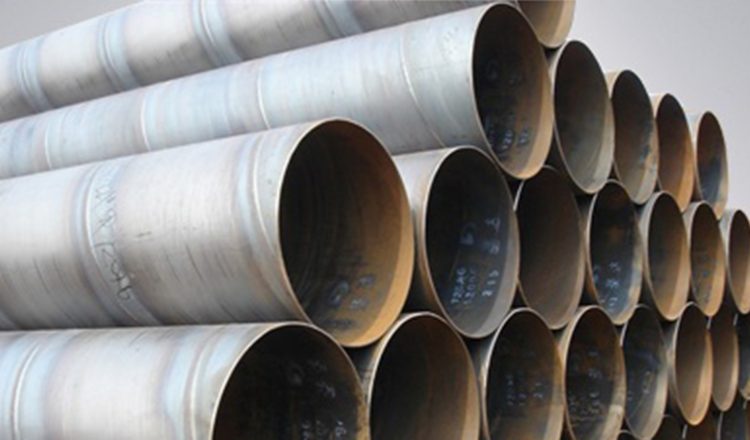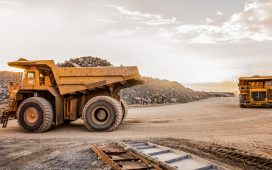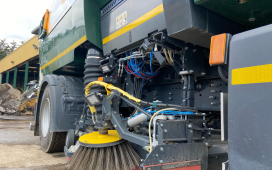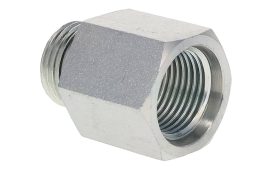Introduction: The Foundation of Every Great Structure
Every durable structure begins with a solid foundation — and that foundation often depends on the quality of the piling materials used. Whether it’s a skyscraper, a bridge, or a marine platform, the choice of piling material directly impacts the strength, longevity, and cost-effectiveness of the entire project.
Among all available options, steel stands out as the most reliable and versatile choice. But what makes steel such a preferred material for piling pipes across industries? Let’s dive deep into the reasons why steel dominates the world of foundational engineering.
1. Unmatched Strength and Load-Bearing Capacity
One of the primary reasons steel is favored in piling applications is its superior strength-to-weight ratio. Steel piles can bear immense loads without bending or buckling, even in challenging soil and environmental conditions.
Unlike concrete or timber, steel maintains consistent performance under high-stress scenarios — such as deep foundations, offshore installations, or seismic zones. Its tensile and compressive strength make it ideal for projects requiring deep penetration and dependable support.
2. Exceptional Durability and Resistance to Environmental Factors
Steel piles are engineered to resist harsh weather, soil corrosion, and dynamic pressure. When coated or galvanized properly, they can last for decades even in coastal or marine environments.
Their resistance to cracking, splitting, or warping ensures long-term stability, making them a favorite for projects where maintenance access is limited. This durability reduces repair costs and ensures the structure remains secure for generations.
3. Flexibility and Adaptability in Design
Steel offers unparalleled versatility in design and installation. Engineers can easily cut, weld, or customize steel piles to fit project-specific requirements. This adaptability allows for faster construction timelines and greater precision.
Furthermore, steel piles can be installed using various methods — including driving, jacking, or drilling — depending on the soil conditions and project complexity. Once in place, they can also be extended or reinforced if additional load capacity is required.
4. Sustainability and Recyclability
In today’s environmentally conscious world, sustainability plays a crucial role in material selection. Steel is 100% recyclable and retains its mechanical properties even after multiple uses.
When a structure reaches the end of its lifecycle, steel piles can be extracted, reused, or melted down for new applications — making it a circular and eco-friendly material choice. This aligns with modern green construction standards and reduces the carbon footprint of major infrastructure projects.
5. Cost Efficiency and Long-Term Value
While the initial cost of steel may be higher than some alternatives, its long-term value far outweighs the upfront investment. Reduced maintenance, longer lifespan, and faster installation translate to lower total project costs.
Steel piles also minimize risk — a key financial advantage. Because they perform predictably under stress and environmental changes, they prevent costly foundation failures and repairs down the line.
6. Real-World Applications of Steel Piles
Steel piles are used across a wide range of industries, including:
- Marine Construction: Ports, docks, and seawalls.
- Oil & Gas: Offshore platforms and pipelines.
- Infrastructure: Bridges, highways, and railways.
- Commercial Projects: Skyscrapers and industrial complexes.
Their ability to perform in wet, rocky, or unstable soils gives engineers confidence that the foundation will remain intact, regardless of conditions.
7. The Reliability of Modern Manufacturing
Today’s steel piling pipes are produced with precision technology, ensuring consistent wall thickness, strength, and dimensional accuracy. Quality control measures such as ultrasonic testing and hydrostatic pressure checks guarantee reliability before the product reaches the field.
That’s why trusted industry suppliers focus heavily on testing and certification — ensuring every Piling Pipe meets global engineering standards for safety and performance.
8. Conclusion: Steel — The Smart Choice for Lasting Foundations
Choosing the right material for your piling system is more than a structural decision — it’s an investment in the future of your project. Steel offers the ideal combination of strength, adaptability, sustainability, and reliability that few materials can match.
Whether you’re building inland or offshore, steel piling ensures your foundation remains solid, safe, and sustainable for decades. With modern innovation and quality manufacturing, steel continues to stand as the gold standard in foundation engineering — strong, dependable, and built to last.













